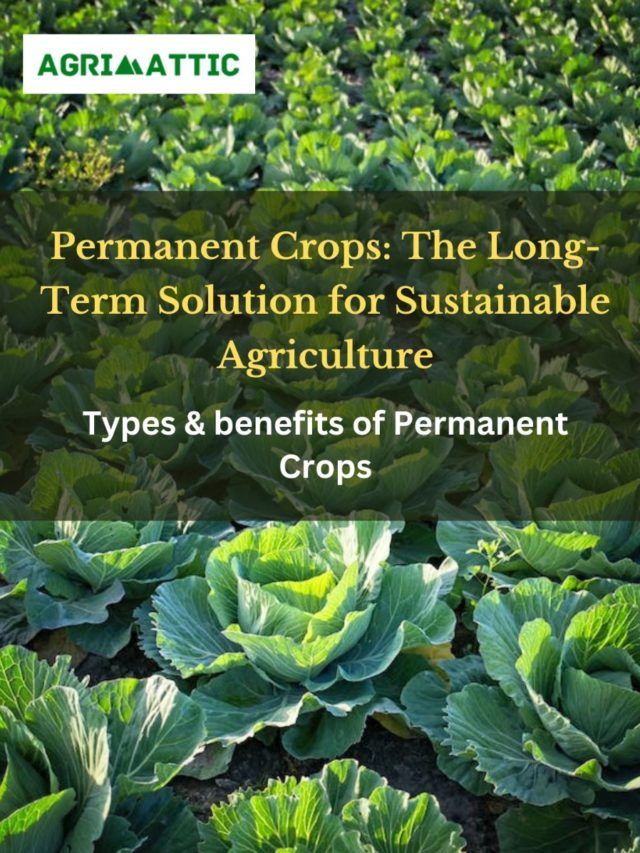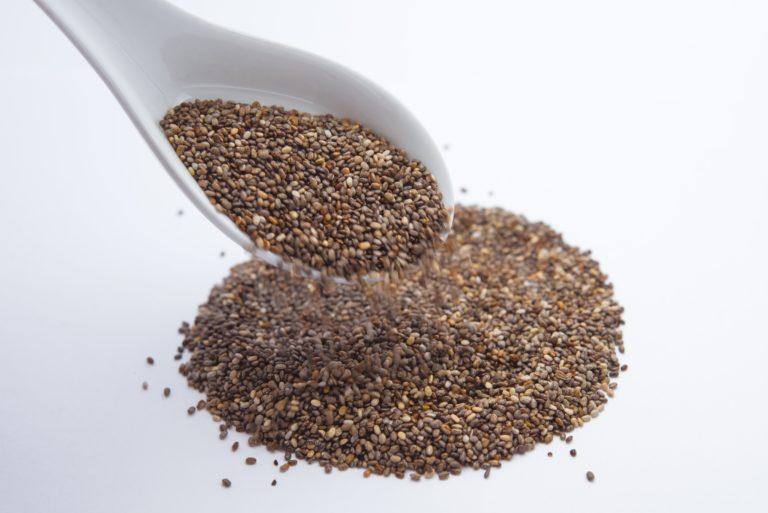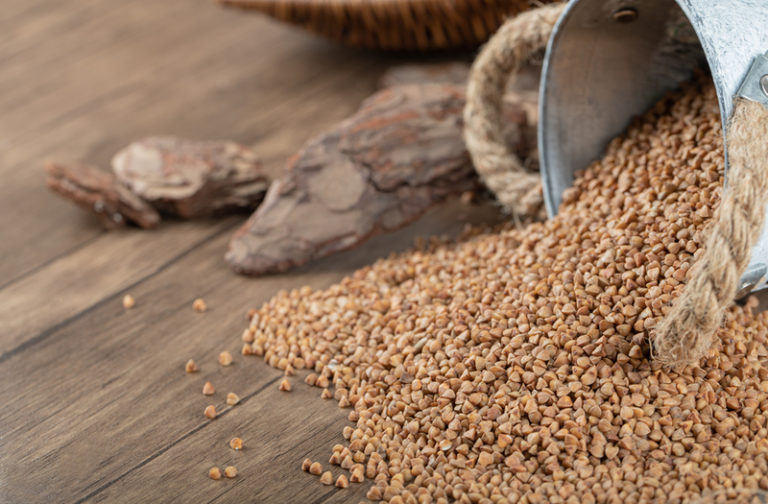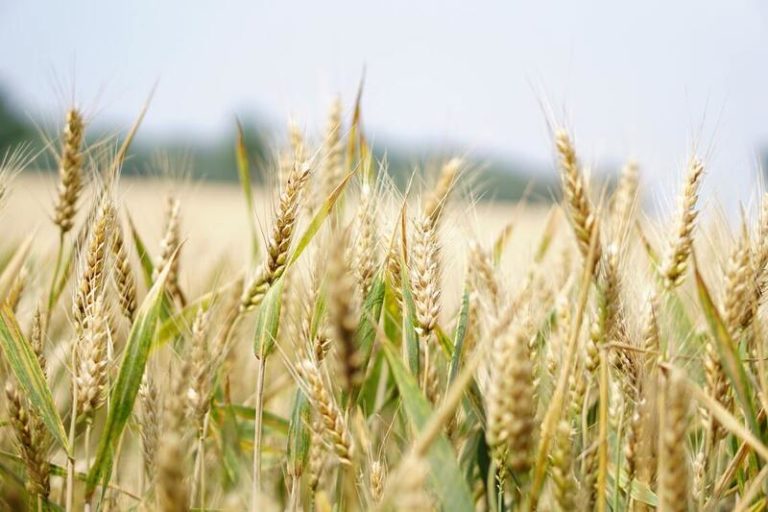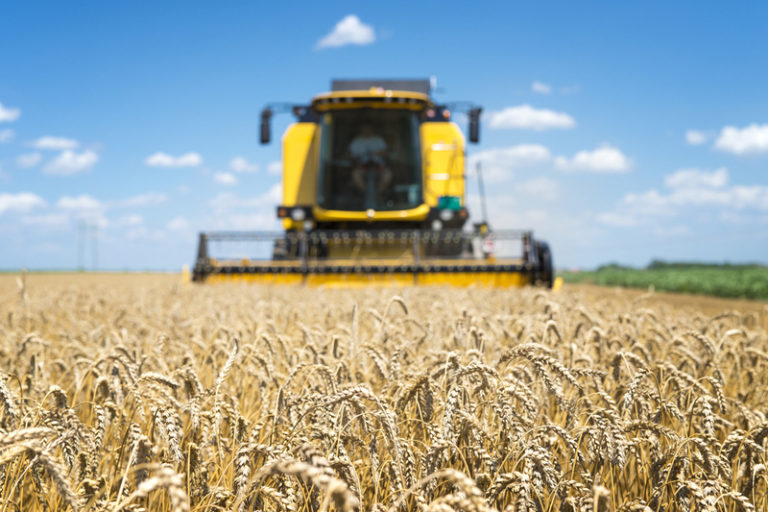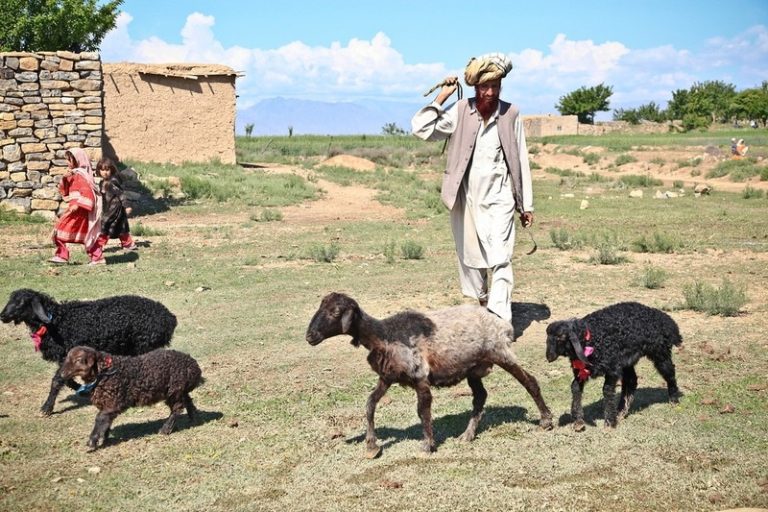Permanent Crops: The Long-Term Solution for Sustainable Agriculture
In agriculture, there are two main types of crops: annuals and perennials. Annual crops are those that are planted and harvested within one year, while perennial crops are those that can last for several years.
Permanent crops fall under the category of perennial crops and are defined as crops that can last for three years or more and do not require replanting every year.
Permanent crops are an essential component of sustainable agriculture. They provide long-term profitability, environmental benefits, and improved livelihoods for farmers.
In this article, we will discuss the different types of permanent crops, the factors affecting their success, the benefits of permanent crops, the challenges facing permanent crop production, and the importance of investing in permanent crop production.
Types of Permanent Crops
Permanent crops can be classified into three main types: tree crops, vine crops, and bush and shrub crops.
Tree Crops
Tree crops are perennial crops that grow on trees and can last for decades or even centuries. Examples of tree crops include fruits such as apples, oranges, and bananas; nuts such as almonds; and timber such as oak and pine.
Tree crops offer several benefits over annual crops. They require less labor, as they do not need to be replanted every year. They also offer a more stable income source as the trees continue to produce fruits or nuts for several years.
Additionally, they provide environmental benefits such as soil conservation, carbon sequestration, and wildlife habitat.
Vine Crops
Vine crops are permanent crops that grow on vines and can last for several years. Examples of vine crops include grapes, kiwifruit, and hops.
Vine crops offer several benefits over annual crops. They require less labor, as they do not need to be replanted every year. They also offer a more stable income source as the vines continue to produce fruits for several years.
Additionally, they provide environmental benefits such as soil conservation, carbon sequestration, and reduced use of pesticides.

Bush and Shrub Crops
Bush and shrub crops are permanent crops that grow on bushes or shrubs and can last for several years. Examples of bush and shrub crops include blueberries, raspberries, and tea.
Bush and shrub crops offer several benefits over annual crops. They require less labor, as they do not need to be replanted every year. They also offer a more stable income source as the bushes or shrubs continue to produce fruits for several years.
Additionally, they provide environmental benefits such as soil conservation, carbon sequestration, and reduced use of pesticides.
Factors Affecting the Success of Permanent Crops
Several things affect how well permanent crops do, such as the type and quality of the soil, the climate and weather, the amount of water available and how it is used, and how well pests and diseases are controlled.
Soil Type and Quality
How well permanent crops do depends a lot on the type and quality of the soil. Soil with good drainage, aeration, and nutrient content is ideal for permanent crops. Soil that is too acidic, alkaline, or compacted can lead to poor crop growth and yield.
Climate and Weather Conditions
Permanent crops require specific climate and weather conditions to thrive. The right amount of sunlight, rainfall, and temperature are crucial for crop growth and yield. Extreme weather conditions such as drought, frost, or excessive rainfall can damage or kill permanent crops.
Water Availability and Irrigation
Water availability is crucial for permanent crops, especially in areas with low rainfall. Irrigation systems such as drip irrigation, sprinklers, or furrow irrigation can help provide water to the crops. However, overwatering can lead to waterlogging and soil erosion.
Pest and Disease Management
Pests and diseases can hurt the growth and yield of crops that stay in the ground. To deal with pests and diseases, methods like crop rotation, biological control, and the use of pesticides should be used. However, the use of pesticides should be limited to minimize their negative impacts on the environment and human health.
Benefits of Permanent Crops
Permanent crops offer several benefits over annual crops, including economic, environmental, and social benefits.
Economic Benefits
Permanent crops are good investments because they keep giving you fruits, nuts, or other goods for many years. This gives farmers a steady source of income and makes it less likely that their crops will fail because of the weather or something else. Permanent crops also provide job opportunities, both on and off the farm, which can contribute to the economic growth of the community.
Environmental Benefits
Permanent crops provide several environmental benefits. They help preserve and conserve soil quality by reducing soil erosion, improving soil structure, and increasing soil fertility. Permanent crops also help sequester carbon, reducing the amount of carbon dioxide in the atmosphere. Additionally, they reduce the use of fertilizers and pesticides, reducing the amount of harmful chemicals released into the environment.
Social Benefits
Permanent crops provide social benefits by improving food security and the livelihoods of farmers. As permanent crops offer a more stable income source, they reduce the risk of food insecurity for farmers and their families. Additionally, permanent crops provide opportunities for farmers to diversify their income streams, reducing their dependence on a single crop or product.
Challenges Facing Permanent Crop Production
Even though permanent crops have benefits, there are some problems that can make it hard to grow them.
High Initial Investment Costs
Permanent crops can require a large initial investment. This includes the cost of buying the crop and planting it, as well as the cost of irrigation systems and other infrastructure.This can be a barrier for small-scale farmers who may not have the financial resources to make such investments.
Long-term Commitment Required
Permanent crops can’t be replanted every year, so farmers have to be in it for the long haul. This means that farmers must be willing to invest time and resources in the crop for several years before seeing a return on their investment.
Climate Change Impacts
Climate change can make it harder for permanent crops to grow, especially in places with extreme weather. Changes in temperature, rainfall, and humidity can affect how well and how much permanent crops grow and produce, which can lead to less work and less money.

Limited Crop Rotation Options
Since farmers can’t rotate permanent crops with other crops, they may not have many options for crop rotation.This can cause the soil to be used up and lead to more pests and diseases, which can hurt the health of the crops.
Importance of Investing in Permanent Crop Production
Investing in permanent crop production is crucial for the sustainability of agriculture. Permanent crops offer several benefits over annual crops, including economic, environmental, and social benefits. They provide a more stable income source for farmers, preserve soil quality, reduce the use of harmful chemicals, and improve food security.
Governments and other groups can invest in crop production that will last by giving farmers money and technical help. This can include things like giving people money to buy and plant permanent crops, training and education programs, and building up infrastructure like irrigation systems.
Conclusion
Permanent crops are an essential component of sustainable agriculture. They provide long-term profitability, environmental benefits, and improved livelihoods for farmers.
Despite the challenges facing permanent crop production, investing in these crops can have positive impacts on both the environment and the economy. By supporting permanent crop production, we can work towards a more sustainable and resilient agricultural system.
Also Read:
Food Security: Definition, Importance, and Strategies for Achieving It


